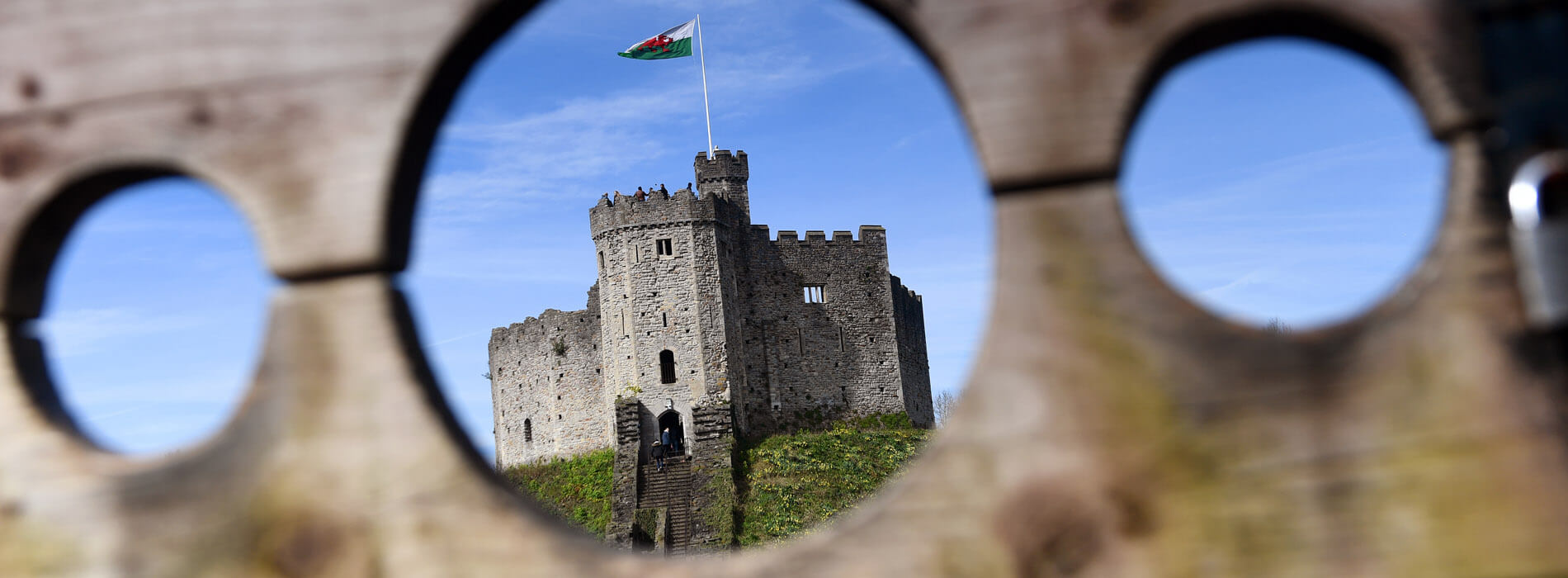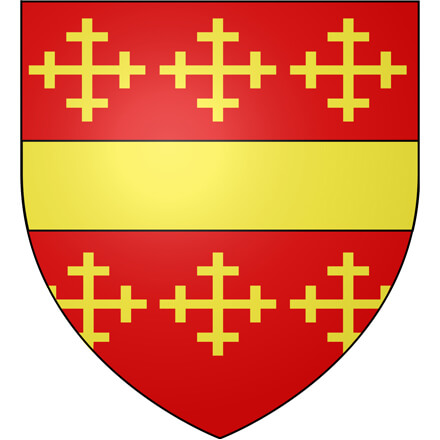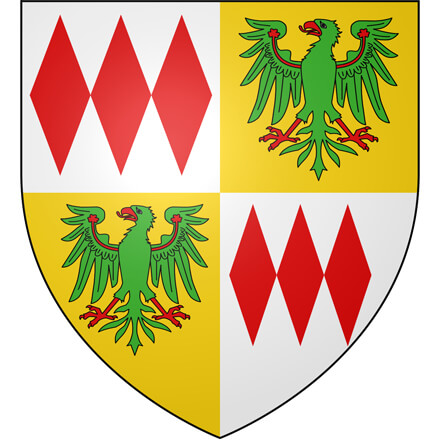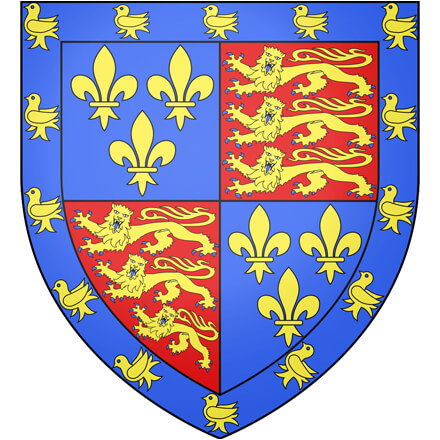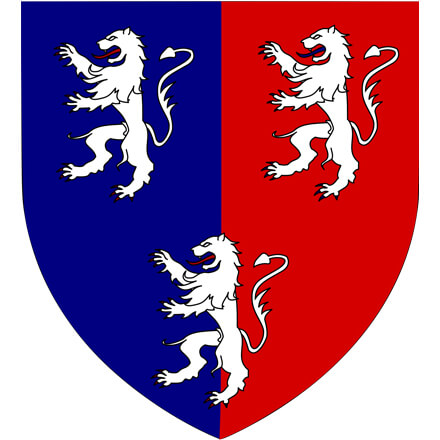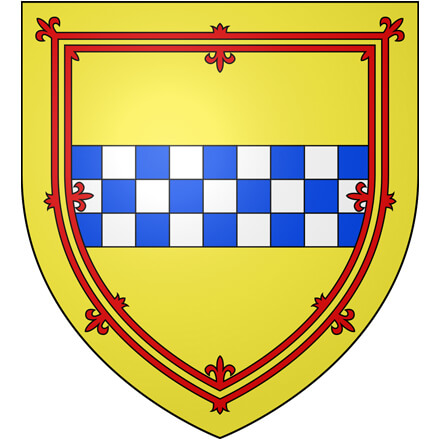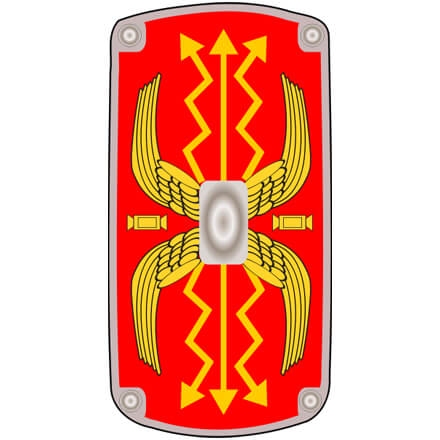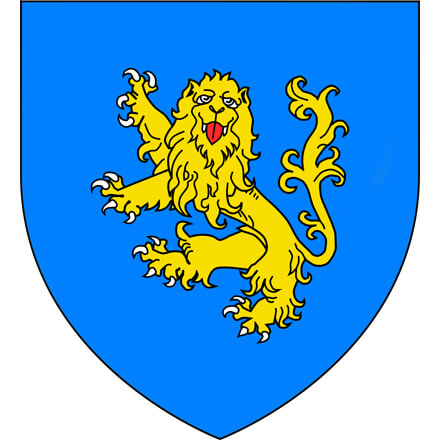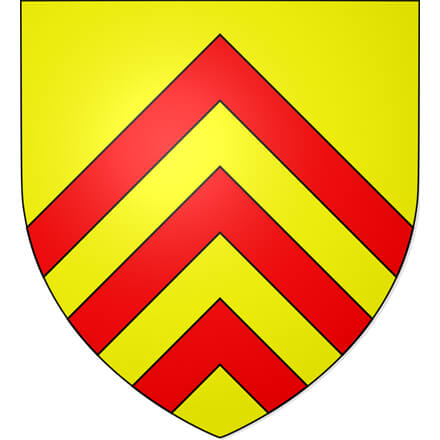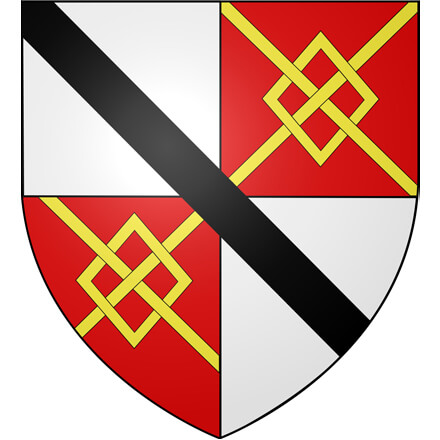What are you looking for?
2000 YEARS OF HISTORY
Cardiff Castle is one of Wales’ leading heritage attractions and a site of international significance. Located within beautiful parklands at the heart of the capital’s city centre, Cardiff Castle’s Romanesque walls and fairytale towers conceal 2,000 years of history.
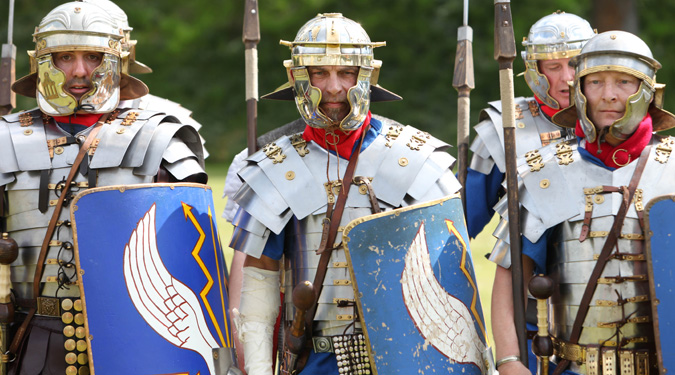
ROMAN FORT
The first Roman fort at Cardiff was probably established at the end of the 50s AD, on a strategic site that afforded easy access to the sea. The original intention was presumably to help subdue the local tribe’s people, who were known as the Silures. Archaeological excavations have indicated that a series of four forts, each a different size, occupied the present site at different times. The final fort was built in stone and impressive remains of these Roman walls can still be seen today. After the fall of the Roman Empire the fort may well have been abandoned, although the settlement outside remained and likely took its name from Caer-Taff, meaning fort on the Taff.
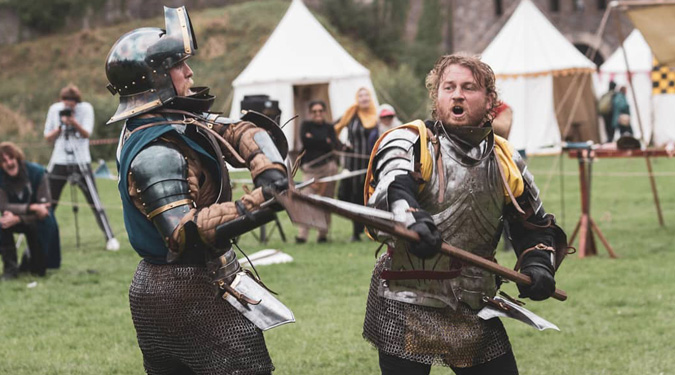
NORMAN STRONGHOLD
After the Norman conquest, the Castle’s keep was built, re-using the site of the Roman fort. The first keep on the motte, erected by Robert Fitzhamon, Norman Lord of Gloucester, was probably built of wood. Further medieval fortifications and dwellings followed over the years.
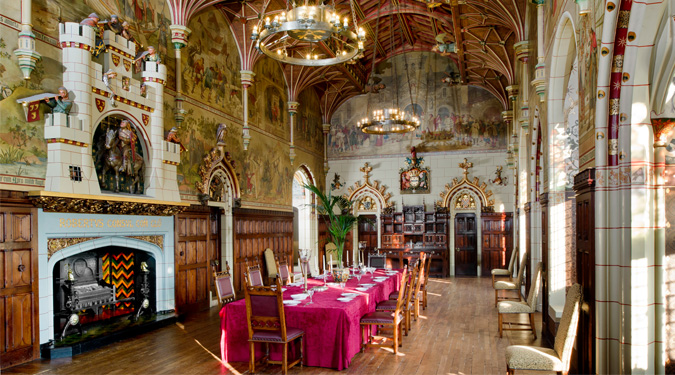
VICTORIAN PALACE
The Castle passed through the hands of many noble families until in 1766, it passed by marriage to the Bute family. The 2nd Marquess of Bute was responsible for turning Cardiff into the world’s greatest coal exporting port. The Castle and Bute fortune passed to his son John, the 3rd Marquess of Bute, who by the 1860s was reputed to be the richest man in the world.
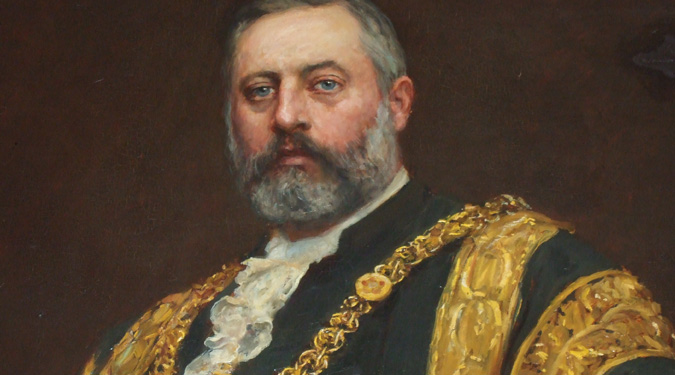
BUTE & BURGES
In 1866 the 3rd Marquess began a collaboration with the genius architect, William Burges that would transform the Castle. Within gothic towers he created lavish and opulent interiors, rich with murals, stained glass, marble, gilding and elaborate wood carvings. Each room has its own special theme, including Mediterranean gardens and Italian and Arabian decoration. Despite both dying at relatively young ages, much of the work continued and many of their unfinished projects would be completed by the 4th Marquess.
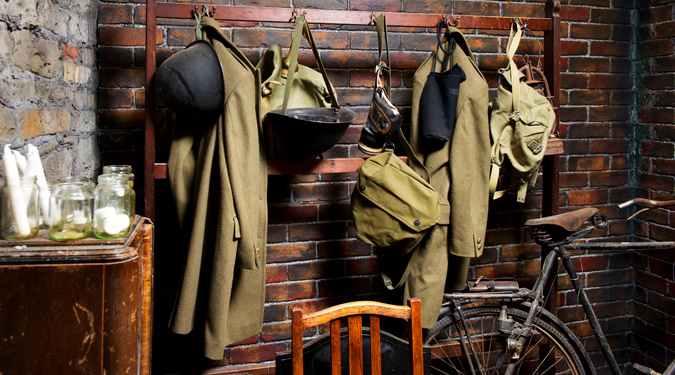
WORLD WAR 2
During the war years, from 1939 – 1945, Cardiff Castle played what will probably be the last defensive role in its long history. With the threat of aerial bombardment by the Nazi’s Luftwaffe hanging over the city, air raid shelters were created within tunnels in the Castle’s walls. When the sirens sounded, almost 2000 residents could take shelter here, protected by the layers of masonry and earth banks above.
A GIFT TO THE CITY
Following the death of the 4th Marquess of Bute, the family decided to give the Castle and much of its parkland to the city of Cardiff. For 25 years, the Castle was home to the National College of Music and Drama and since 1974 has become one of Wales’ most popular visitor attractions.
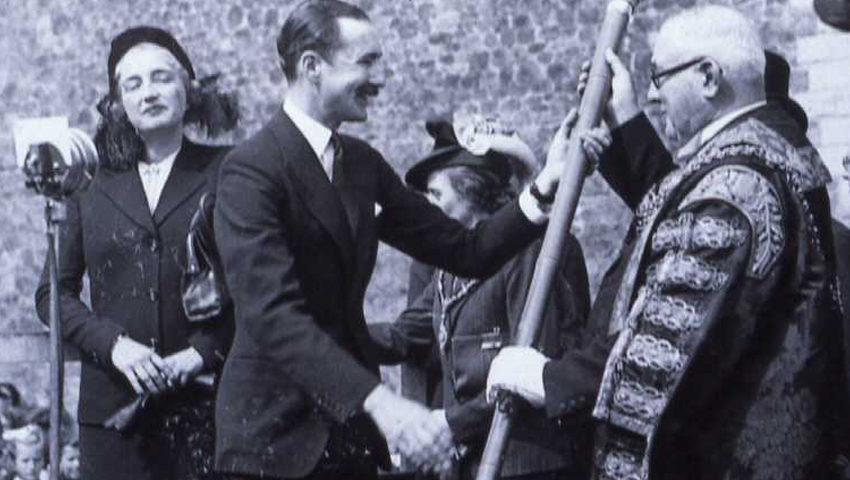
Watch this incredible newsreel from 1947 showing the handover of Cardiff Castle to the city.
THE ESSENTIAL CARDIFF CASTLE
The Essential Cardiff Castle tells the story of this richly complex place and explores the powerful individual personalities who helped to determine its history. Written by former Castle curator, Matthew Williams, it is the definitive guidebook to this fascinating site and is available to buy from the Castle Gift Shop.


